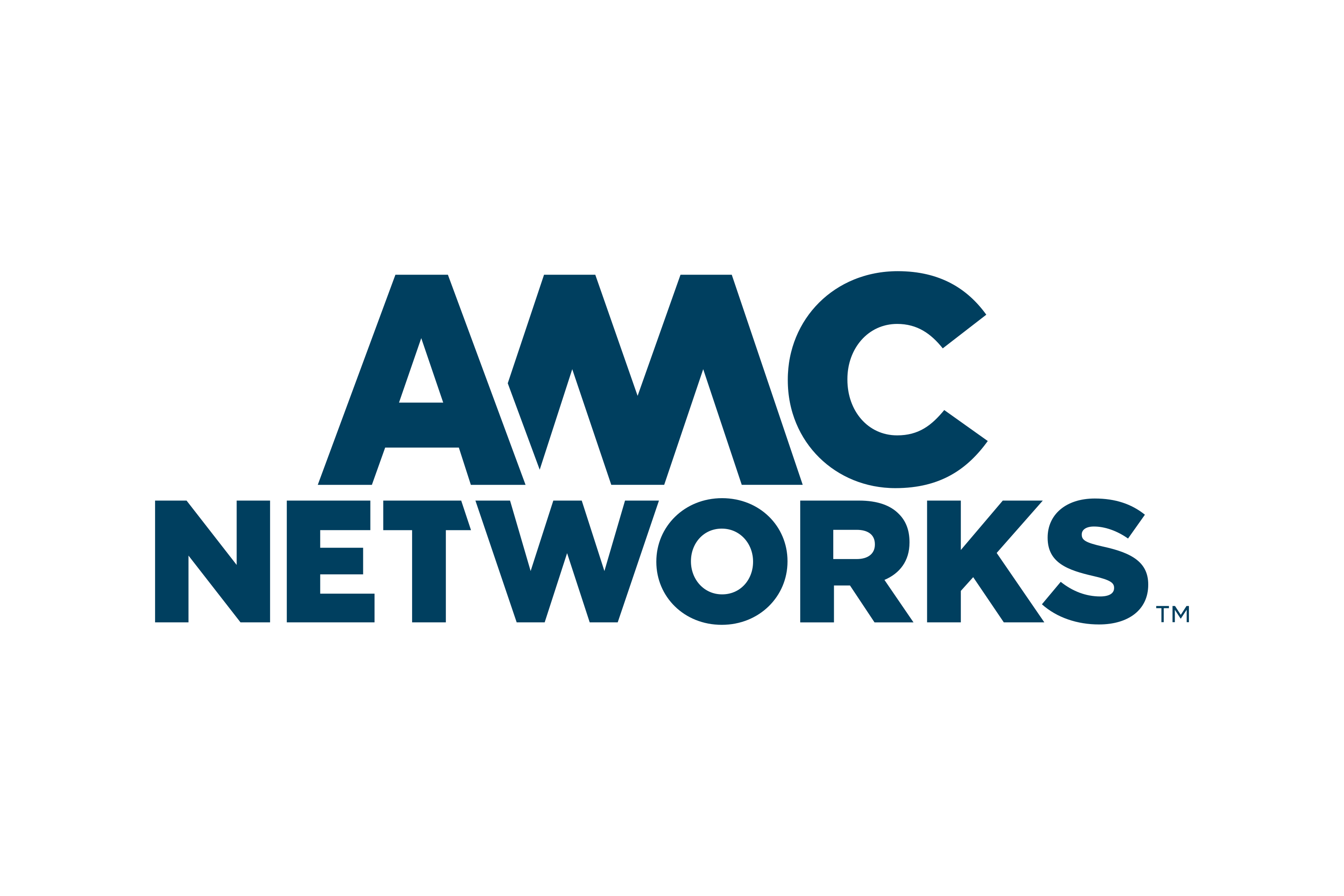AMC’s Journey into the Private Cloud with Avid
From an engineering perspective, virtualization provides agile deployment, simplified maintenance, and significant overall cost savings

NEW YORK—As the ultimate destination for storytelling, AMC Networks operates in more than 125 countries worldwide and is the home to several iconic brands across television, independent film, production, distribution, gaming and publishing. We’re behind some of the most celebrated and acclaimed television content, such as the TV series “Mad Men,” “Breaking Bad” and “Better Call Saul.”

Bringing these productions to market requires a stop in AMC’s New York City headquarters, where teams of producers, editors, and designers craft ancillary and promo material for use across a diverse delivery landscape. Until recently, the technology portion of that operation consumed over 45,000 square feet of real estate. So, when Covid forced everyone to work from home, there were a lot of empty rooms.
Getting Started
After some initial experimentation, we decided to adopt HP’s RGS app, which allowed editors to work on the same Avid Media Composer PC they were used to. In short order, our operation was humming along with no loss of efficiency or creative quality.

As the pandemic wore on—and with success of work-from-home—it became apparent that a permanent remote editorial strategy should be considered. This would entail virtualization of the Avid PCs and sunsetting most of the real estate. No strangers to virtualization—we had already successfully virtualized our Avid backend systems—we reasoned that it was time to virtualize the Media Composers as well. A cluster of 14 Dell servers were deployed, each fitted with five Nvidia T4 cards and 100G networking. Nutanix AHV virtualizes the 100 VM Avid environment, and Teradici PCoiP provides the link to the home.
AMC’s editors are accustomed to working exclusively with hi-res media, so what is seen at home must be largely artifact-free. Unfortunately, we immediately encountered drifting audio sync and random video stuttering. Not being a turnkey system, troubleshooting was a painstaking process but over time we qualified every link in the chain and developed our own test movies to aid in troubleshooting.

The breakthrough came from a Teradici software engineer who created a system that allowed graphical plotting of our visual experience. This led to a fix for the audio sync issue, as well as improvements to playback smoothness. The result of Teradici’s efforts now fuels our collaboration with Avid on improvements to the Media Composer’s Media Player.
The Private Cloud Payoff
Media Composer has always been at the center of our post-production operation, and once the planned improvements to Avid’s Media Player are realized and—except for very specific workflows and finishing operations— working remotely via our private cloud will be virtually (pun intended) as good as being on-premise.
The professional video industry's #1 source for news, trends and product and tech information. Sign up below.
From an engineering perspective, virtualization provides agile deployment, simplified maintenance, and significant overall cost savings. From the user’s perspective, virtualization provides high-powered, consistent performance across all 100 Media Composer seats, as well as the flexibility to work from anywhere and at any time. And from a producer’s perspective, this environment affords the opportunity to engage with editorial talent across the globe.
The 45,000 square feet of real estate referred to earlier is ready for its next life. And though our move to a private cloud was instigated by the pandemic, we’ll likely look back and realize that this paradigm shift was all but inevitable.
More information is available at www.avid.com.
